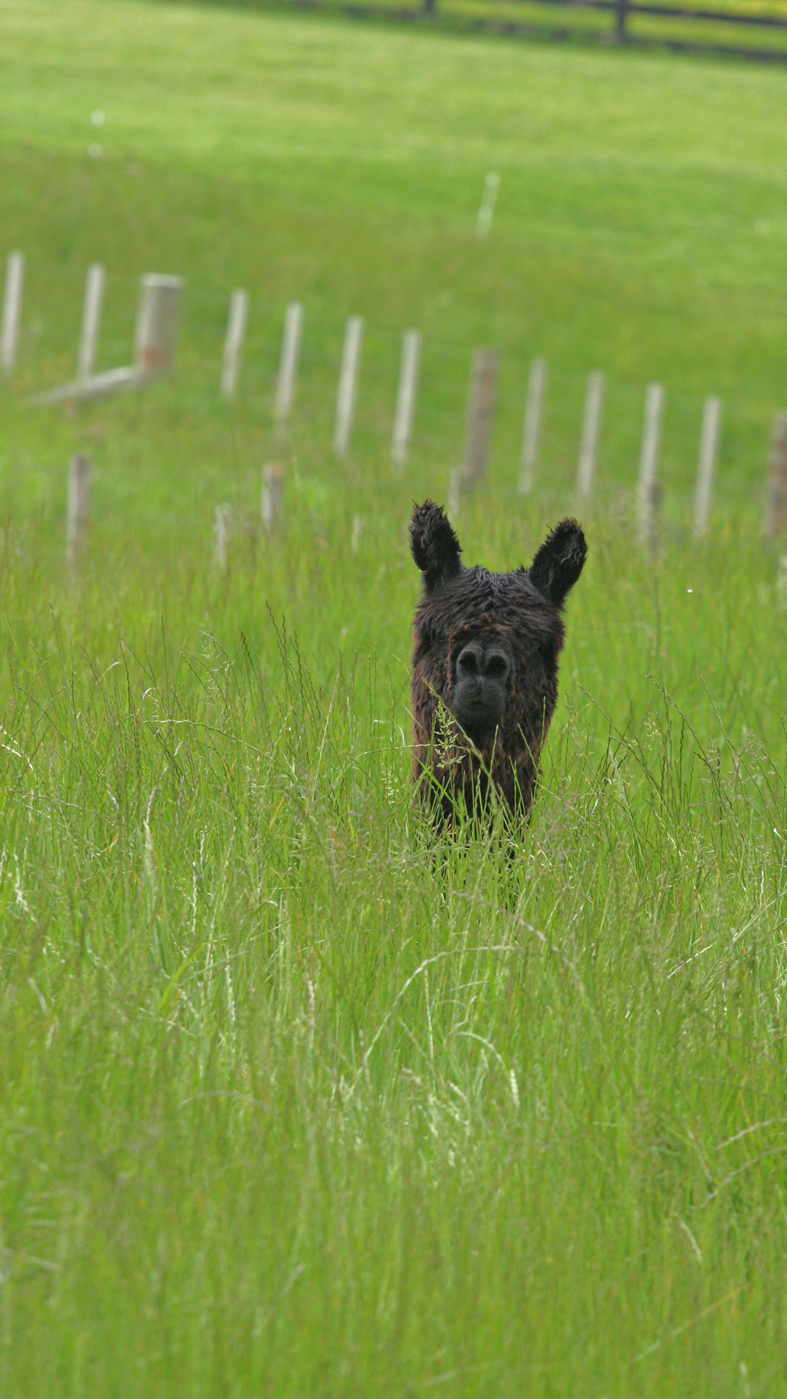Change of pasture and feed, preparation for shows and travel
As mentioned before, alpaca have to be introduced slowly to new feed. This is also true for changing from a very short pasture to a very high-grassed pasture, or changing from one farm with rye grass to a farm with kikuya grass. By getting your alpacas used to a regular intake of dry food, you can assist your alpaca to make the transition.
Before changing them to another paddock or farm, feed them well on dry food so that they can’t “stuff” themselves with rich or unknown green grass. Place them in a very small paddock or fence off an area that they can graze. Alternatively, graze the new area for short periods of time and put the animals back in the pen with dry feed. Observe them closely. If they become lethargic, sitting down and not eating and drinking, they have a change-over problem. The change of feed can allow the wrong bacteria to multiply in the gut producing an enzyme that breaks down Thiamine in the gut. Because the stomach is not producing the correct volume of VitB1 for the brain to function properly, the changes in behavior occur. The treatment is to administer a VitB1 injection to restore the balance. If left untreated the animal will continue on a downward spiral and the brain will become less and less responsive to treatment, as areas of the brain begin to die off.
At shows the alpaca don’t have access to green grass, therefore they should be trained on dry food to avoid any of the above problems.
When first starting on lucerne chaff, alpaca can have a bout of non-solid green bowel motion. It means they had too much of it, and you should reduce the amount to a lower intake.


